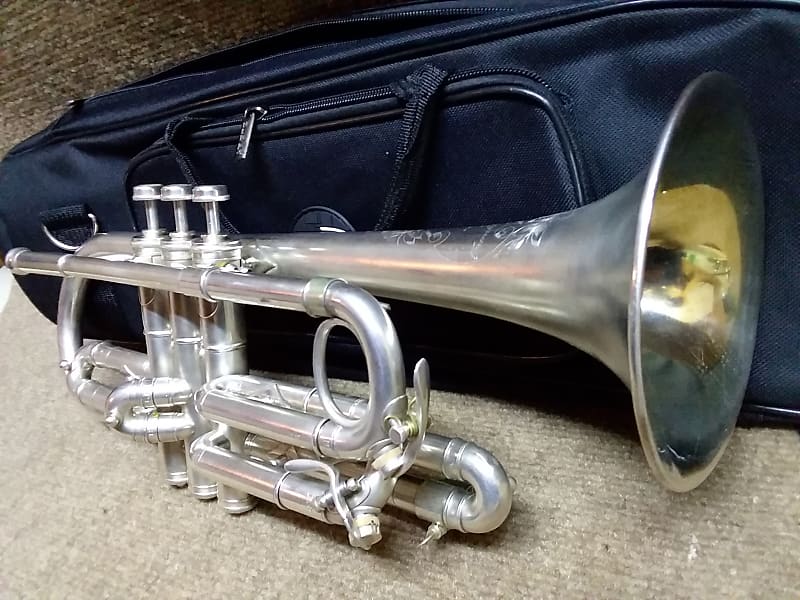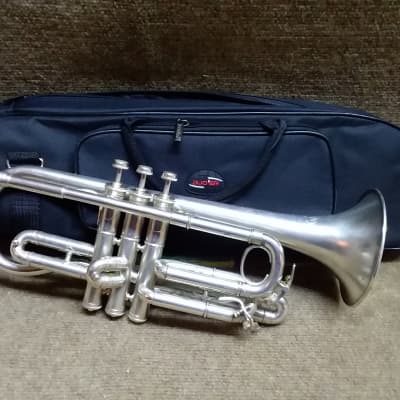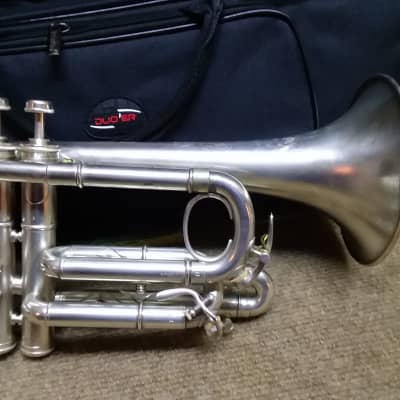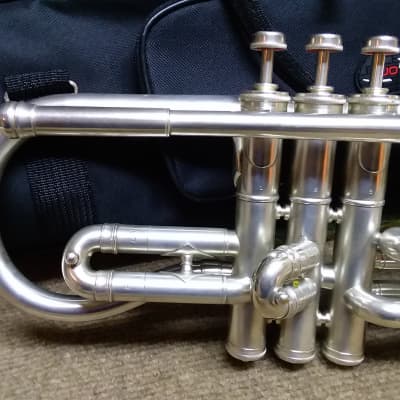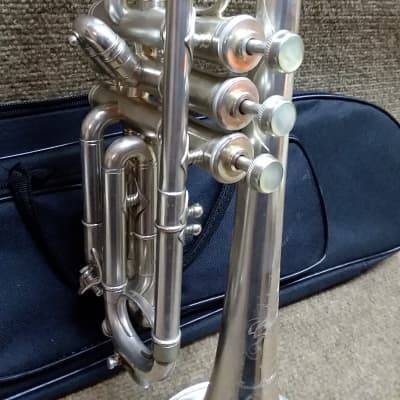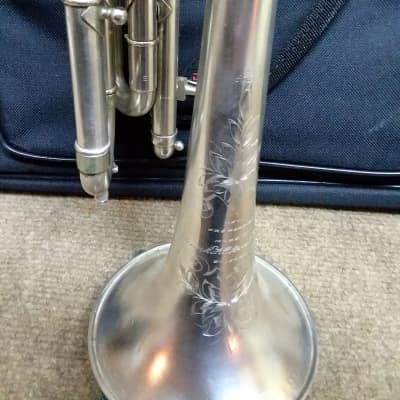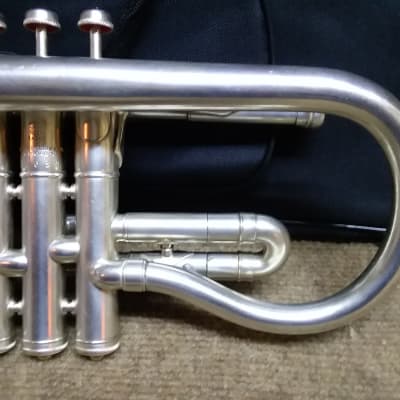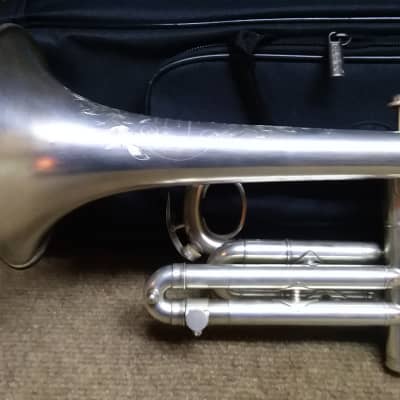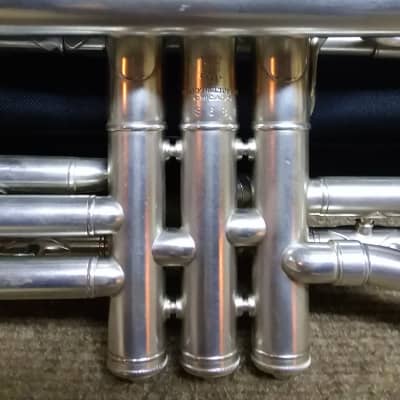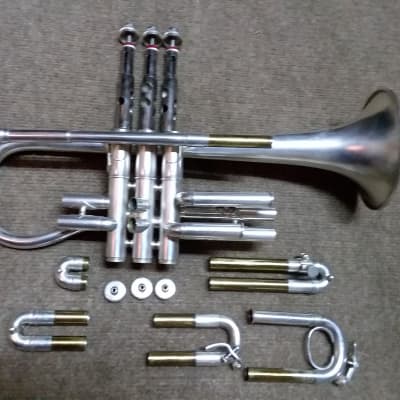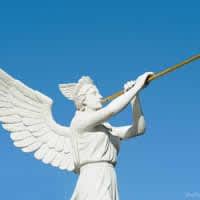In her book “Fanfares and Finesse” Elisa Koehler stated that most of us have serious misconceptions about the cornet. She wrote that cornets since the ’20s are simply trumpets with a cornet wrap and that cornets sound even more like trumpets because instrument makers since then have put trumpet mouthpieces on cornet shanks. So…, I read several books and articles about the history of cornets and here’s what I uncovered.
When Louis Armstrong gave up the cornet for the trumpet he had good reason. Until then he had been playing Dixieland Jazz and the old-style cornet blended well with clarinets, tubas, and trombones to make a soundmélange that only Dixieland has. In the ’20s, when music evolved away from Dixieland to become dance, big band and swing, the blending quality of the cornet didn’t work. He needed a brighter lead sound, so he moved to a trumpet. Most pros quickly followed so cornet sales plummeted and makers of cornets began to make them with a cylindrical bore like trumpets to brighten them up. Then, whenBach came out with a shallow, rounded cup mouthpiece the sound of a trumpet brightened even more so makers started putting that new trumpet mpc on corners too.
One study I read by Robb Stewart who measured the bores of27 modern cornets and 21 modern trumpets found that the average percentage of conical bore of the cornets was 66% and the trumpets 67%. Hmmmmm, so much for the conical/cylindrical difference myth. I think the best summary of what happened was by Niles Eldredge, who wrote that the cornet went through so many changes in the 20’s that it had evolved itself out of existence.
These are the reasons that collectors savor these old, pre-20's cornets and why I have so many in my collection and enjoy restoring them.
This old Holton shepherds crook, #18683, was made in 1912. It's a New Perspective cornet in nearly mint condition. It was made just when concert pitch was changing from A456 to A 440 and instruments were labeled therefore as being either HP (high pitch A456) or LP (low pitch A440). This horn is a LP A440 horn as marked on all the slides but the main tuning slide that is pulled to tune the horn regardless of whether an instrument is either HP or LP.
As you can see from the photos there are no dents or dings though there is a sign of a bell dent having been removed in the past by some residual marring near the bell rim. From the last photo, you can see that all the slides are free and that the original valve plating looks very good. All the felts, springs and water keypads are new and a good healthy pop as each slide is pulled attests to good valve seating. This horn is a pleasure to play and would be a fine addition to a collection.
It comes with the new gig bag and a mouthpiece.
Key: Bb
Bore: .464"
Bell: 4 7/8"
Non-reverse lead-tube
Maynard Ferguson and King Oliver played Holton horns.
Please check out my other horns listed for sale from my collection by clicking on Gabriel's Trumpets in blue above.
